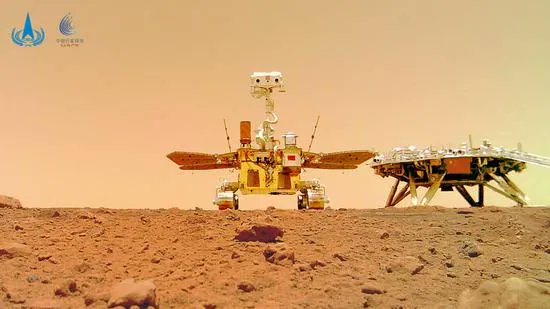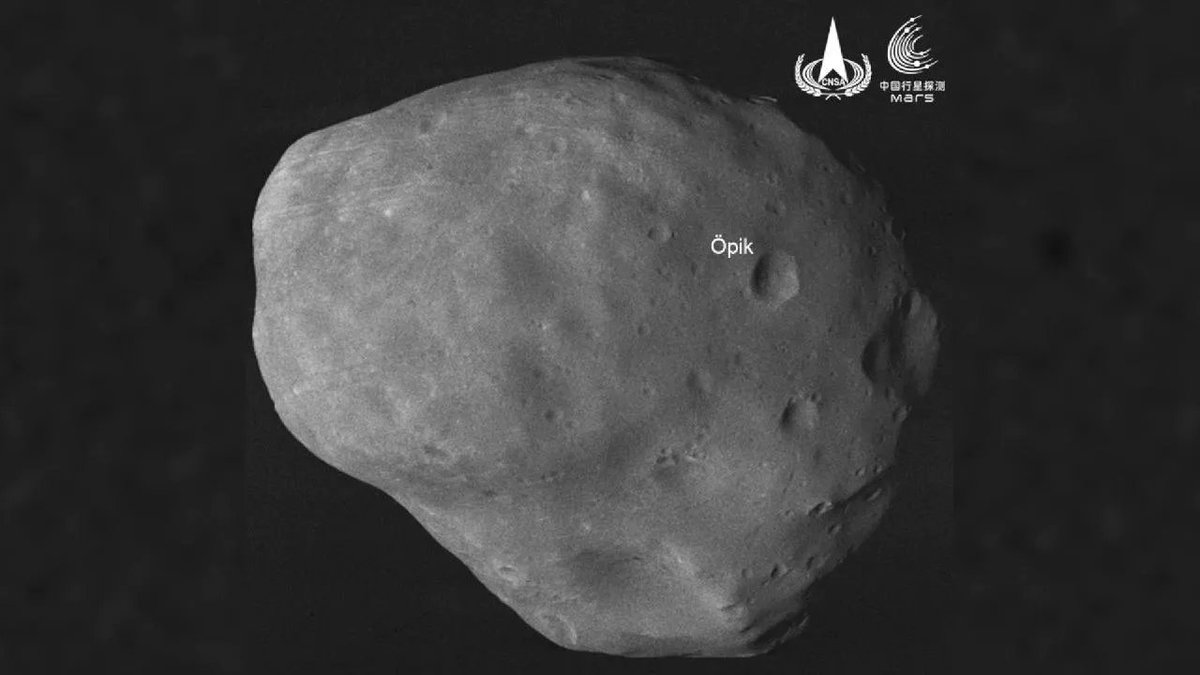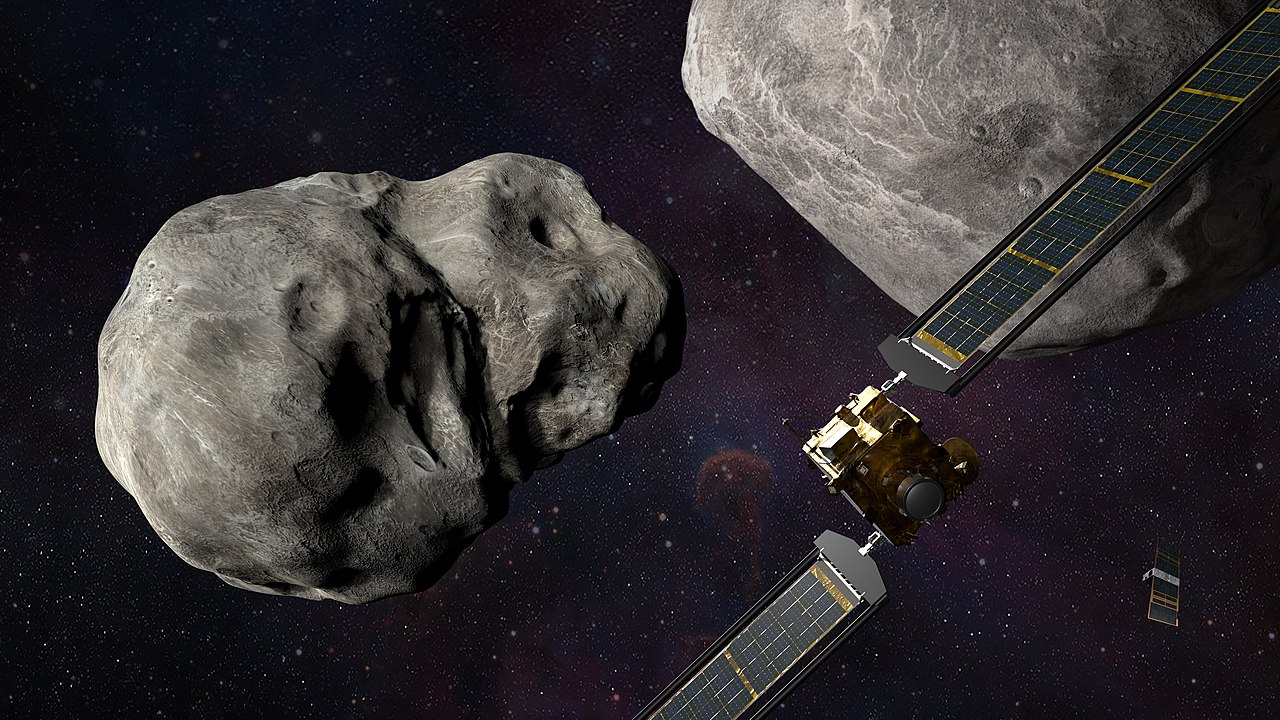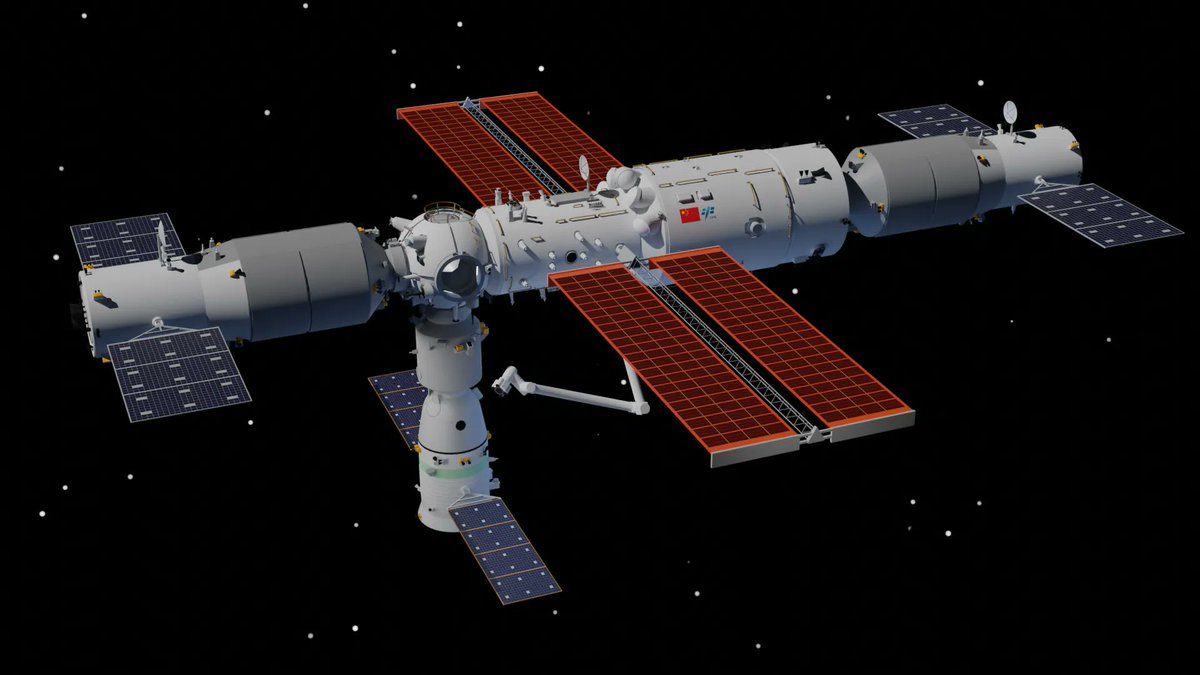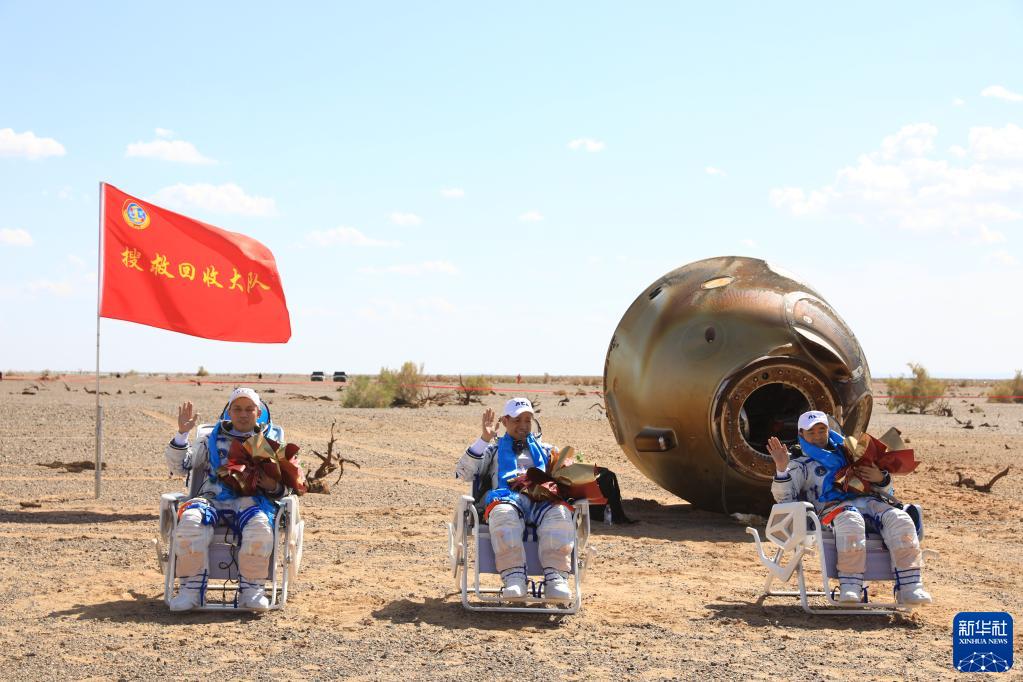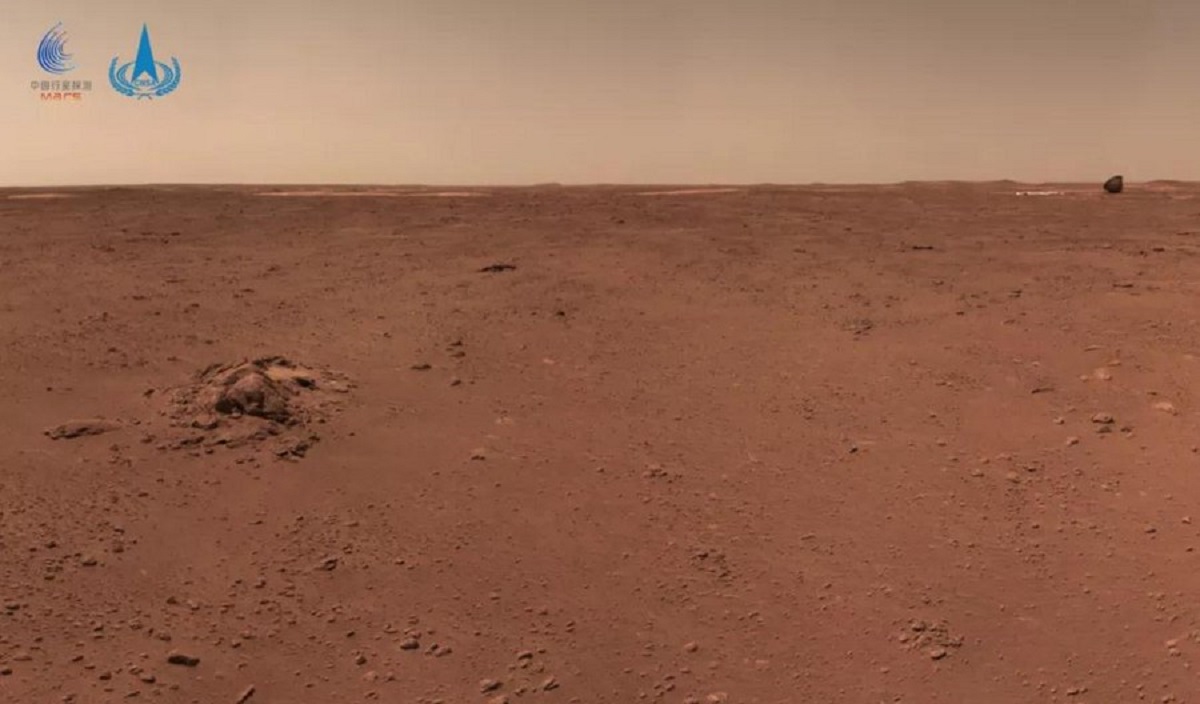Mars exploration has been ongoing for decades at this point, and some regions of the planet have become more interesting than others. Of particular interest is a basin known as Utopia Planitia. It was the site of the Viking-2 landing, one of the first-ever successful missions to Mars. From data collected during that mission, scientists developed a theory that the crater that formed Utopia might have been the site of an ancient ocean. New results from China’s Zhurong rover point to an even more exciting past – repeated flooding.
Continue reading “China’s Zhurong Rover Looks Deep Underground and Sees Layers From Multiple Floods on Mars”New Pics of Phobos From China’s Tianwen-1 Orbiter
Two fundamental factors affect all astrophotography – timing and location. If a camera happens to be at the right place at the right time, it can capture images that have never been seen before. And with the proliferation of cameras throughout the solar system, more and more novel photos will be captured at an ever-increasing frequency. China’s Tianwen-1 probe added to that novel collection to celebrate its second anniversary by taking a shot of Mars’ moon Phobos.
Continue reading “New Pics of Phobos From China’s Tianwen-1 Orbiter”China has a new Human Lunar Space Program, With Plans for Landers, Orbiters, Rovers, and a Lunar Base
The China National Space Agency (CNSA) has advanced considerably since the turn of the century, boasting new launch vehicles, robotic missions to the Moon and Mars, and a modular space station in orbit (Tiangong). According to various sources, they plan to advance even further in the coming years and decades. Given the tight-lipped nature of the Chinese government and its agencies, much of what we periodically hear is based on snippets of information, gossip, and speculation.
However, in a recent interview with the state-owned CCTV new network, chief designer Huang Zhen confirmed that China’s space agency has established the Crewed Lunar Program Office. This program will consist of additional robotic missions to explore the Moon, followed by crewed missions and the creation of a base camp. Zhen also confirmed that he and his team at the China Association for Science and Technology (CAST) are currently developing the key technologies that will make this happen.
Continue reading “China has a new Human Lunar Space Program, With Plans for Landers, Orbiters, Rovers, and a Lunar Base”China is Building an Asteroid Deflection Mission of its own, due for Launch in 2025
There’s an old joke that the dinosaurs are only extinct because they didn’t develop a space agency. The implication, of course, is that unlike our reptilian ancestors, we humans might be able to save ourselves from an impending asteroid strike on Earth, given our six-and-a-half decades of spaceflight experience. But the fact is that while we have achieved amazing things since Sputnik kicked off the space age in 1957, very little effort thus far has gone into developing asteroid deflection technologies. We are woefully inexperienced in this arena, and aside from our Hollywood dramatizations of it, we’ve never yet put our capabilities to the test. But that’s about to change.
Continue reading “China is Building an Asteroid Deflection Mission of its own, due for Launch in 2025”Here’s What China is Planning to do in Space for the Next 5 Years
Central planning is literately central to any communist country, though its history has mixed results. As part of that planning, bureaucrats in all parts of the government are occasionally tasked with coming up with goals and milestones for their specific part of the government. These usually take the form of a five or ten-year plan, which is what the China National Space Agency (CNSA) released on January 28th.
Continue reading “Here’s What China is Planning to do in Space for the Next 5 Years”China Releases a Selfie-Stick Video of Tianwen-1 Above Mars
Selfies have become ubiquitous everywhere – even Mars. Now, the Tianwen 1 orbiter is getting into the spirit with a selfie taken high up in Martian orbit.
Continue reading “China Releases a Selfie-Stick Video of Tianwen-1 Above Mars”China’s First Space Station Crew is Back From Orbit
On Friday, Sept. 17th, three Chinese astronauts returned safely from space following a three-month stay aboard the new Tiangong space station. This was a major milestone for the Chinese Manned Space (CMS) program, which beats its previous record for the longest crewed mission to space. Whereas the Shenzhou 11 mission (2016) lasted 33 days, the crew of Tang Hongbo, Nie Haisheng, and Liu Boming spent a total of 92 days in orbit.
Continue reading “China’s First Space Station Crew is Back From Orbit”China Wants to Build a Spaceship That’s Kilometers Long

It’s no secret that China has become a major contender when it comes to spaceflight. In the past twenty years, the China National Space Agency (CNSA) has accomplished some historic firsts. This includes sending astronauts to space, deploying three space stations (as part of the Tiangong program), developing heavy launch vehicles (like the Long March 5), and sending robotic explorers to the far side of the Moon and Mars.
Looking ahead to the next decade and beyond, China is planning on taking even bolder steps to develop its space program. Among the many proposals the country’s leaders are considering for its latest 5-year plan, one involved creating an “ultra-large spacecraft spanning kilometers.” Having this spacecraft in Low Earth Orbit (LEO) would be a game-changer for China, allowing for long-duration missions and the utilization of space resources.
Continue reading “China Wants to Build a Spaceship That’s Kilometers Long”China’s Rover Completes its Primary 90-day Mission, but it Still has More Science to do
Three months after touching down on the Martian surface, China’s Zhurong rover has completed its primary mission and is still going strong.
Continue reading “China’s Rover Completes its Primary 90-day Mission, but it Still has More Science to do”New Images of Mars From China’s Rover
On May 14th, 2021, the China National Space Agency (CNSA) achieved another major milestone when the Tianwen-1 lander successfully soft-landed on Mars, making China the second nation in the world to land a mission on Mars and establish communications from the surface. Shortly thereafter, China National Space Agency (CNSA) shared the first images taken by the Tianwen-1 lander.
By May 22nd, 2021, the Zhurong rover descended from its lander and drove on the Martian surface for the first time. Since then, the rover has spent 63 Earth days conducting science operations on the surface of Mars and has traveled over 450 meters (1475 feet). On Friday, July 9th, and again on July 15th, the CNSA released new images of the Red Planet that were taken by the rover as it made its way across the surface.
Continue reading “New Images of Mars From China’s Rover”
